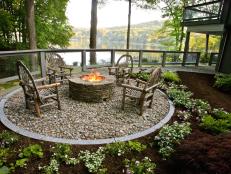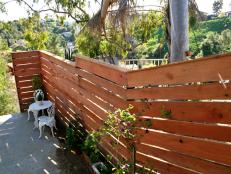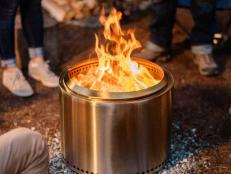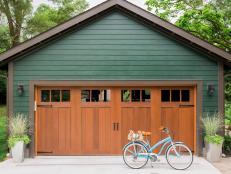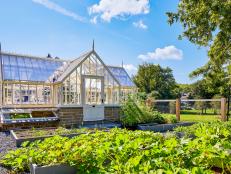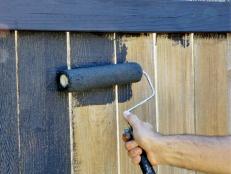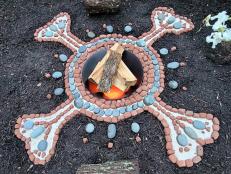The Value of Birdbaths


Bluebirds have returned to the yard. And finches. Nuthatches, cardinals, woodpeckers, blue jays and chickadees are hot on their heels. Despite being over a hundred miles from the coast, we even see the occasional seagull. Warm days and green plants signal the return of spring and welcome back the birds that have been scarce as winter lingered far too long. Birds aren’t just pretty to look at, they are great for the garden, feasting on pests, aerating the soil and some, like finches and sparrows, even help keep weeds down as they eat the seeds. Although fruit-loving birds can sometimes be a challenge for those growing figs or berries, birds are generally helpful to the gardener and a colorful treat for even the casual birdwatcher.
Looking to attract birds to the yard this spring? Adding a birdbath to your yard is an easy way to enhance your space's ornamental beauty and attract a wide variety of birds that might not be drawn to the food in your chosen feeders. Fresh water will benefit birds throughout the year, but there’s no better time to get started than when they are establishing new patterns in the spring.
Selecting a Birdbath
Birds will be attracted to any source of fresh, clean water, but not all birdbaths are created equal. A birdbath is a permanent fixture in your landscape and should be visually appealing without clashing with its surroundings, but function is an important factor when choosing a style that will be most effective. Many designs are pretty to look at, but may not best serve its clientele.
Look for a basin that is shallow and sloping with a rigid lip on which birds may comfortably perch. Water depth should be no more than two to three inches, reminiscent of the puddles to which birds are naturally drawn. Place stones or gravel in the basin to ensure proper depth and provide a non-slip surface for birds as they wade into the water.
Birds are often most attracted to baths placed close to ground level, but a pedestal height of about three feet will make it easier to clean and maintain and offers prone birds a better view of approaching predators.
Make a Splash: Beautiful Birdbaths for Every Style
Feathered friends will flock to these eye-catching birdbath designs.
Location
Where you place a birdbath can be as important as the style. Placing a bath in the middle of an open space may look stylish, but the natural cover provided by nearby trees will offer better safety against predators and give birds a place to perch before they take the plunge. Find locations that provide partial shade and easy access, but within sight so you can appreciate its visitors.
Maintenance
Once a birdbath has been established, maintenance is easy, but regular attention is necessary. Make the birdbath part of your garden watering habit, making sure it remains full and free of debris. Over time, algae may form in the standing water, drawing both bacteria and mosquitoes. Change the water regularly and clean the basin using a rigid brush to prevent algae build up.
Once birds find a well-maintained source of clean water in a secure location, expect them to return regularly. The numbers and variety are likely to increase as the season continues.
Birdwatching can quickly become a habit as birds of all shapes, sizes and colors come to take a dip. A membership to the Audubon Society may be in order.








